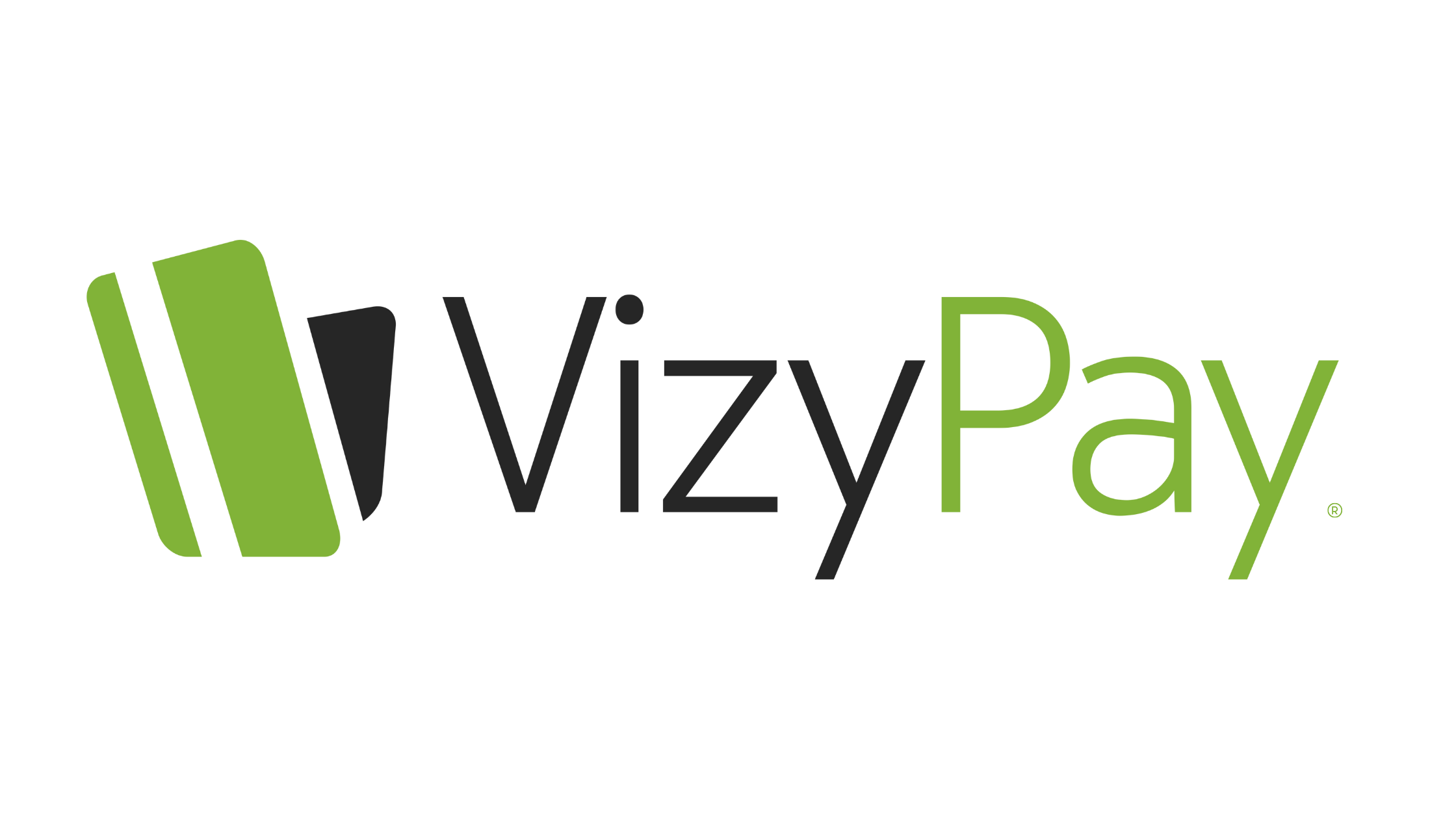When customers dispute charges, your financial standing as a business owner can be significantly hit. Lenders and payment processors will begin to see your business as a risk rather than an asset, meaning your business could have trouble obtaining payment processing services or funding to continue growing your business.
While there’s no way to avoid every single chargeback, there are strategic ways you can protect your business and reduce the overall number of disputes your business faces.
First, let’s dive into why chargebacks occur and how they work.
How Chargebacks Work
A chargeback happens when a customer seeks to get their money back by going directly to the financial institution that issued their credit or debit card, rather than seeking a refund from the business where the purchase was made. If an issuer deems a dispute valid, your merchant account is debited for a credit card charge previously cleared, and your business is out the money from that transaction.
Disputes may be validated for multiple reasons, such as fraudulent activity by third parties using a customer’s identity to solicit purchases. Customers may also dispute charges if they didn’t receive an item they ordered, felt that the business misinterpreted the product or service, incorrectly billed, or didn’t recognize the task on their statement.
Ultimately, chargebacks exist to protect credit and debit card users and equip them with a simple and efficient way to dispute charges that may be inaccurate or fraudulent. Although they exist for a good reason and benefit consumers, they can alternatively pose negative consequences for businesses.
Once a chargeback occurs, there’s a process for appeal. Your business will have to prove you provided the product or service in concern, which can sometimes take months to resolve. The method of appealing a chargeback can cost more than the original product or service was worth.
Why It’s Important to Avoid Chargebacks
The apparent downside of chargebacks for businesses is that they cost money. If you dispute a chargeback and don’t win, you’re out the money the customer initially paid for your product or service. Additionally, additional fees may be issued from your payment processor to cover the backend work required to investigate and resolve the case.
In addition to losing potential profit, multiple credit disputes can damage your business’ reputation. Your chargeback rate is a critical metric that financial institutions monitor to determine if they can lend your business funds or provide payment processing services. Your chargeback ratio is the number of chargebacks to transactions that a merchant has earned. The industry-wide maximum is 1%, meaning that if your business’ chargeback rate is greater or equal to 1%, your financial service providers might terminate your account. This would force you to open new accounts, which would be even more costly given the damage to your reputation.
Ways to Avoid Chargebacks
Thankfully, there are preventative measures you can take to reduce your risk and make chargebacks less likely to occur. Below are eight tactics you can implement to limit the number of chargebacks your business faces.
1. Have a Clear Return Policy
Please post your return guidelines in your store and online to help customers understand their options before they jump the gun of reversing the transaction.
2. Include Detailed Product Descriptions on Your Website
Nobody enjoys being misled. The goal is to ensure products are represented accurately with as much detail as possible for consumers to feel sure about what they are purchasing.
3. Make Customer Service Easily Accessible and Readily Available
As simple as it sounds, providing an email address or phone number with your contact information for customers to reach you directly ensures customers have an opportunity to speak with you before filing a dispute.
4. Utilize Shipping Insurance or Shipping Confirmation
Shipping insurance and confirmation can track the receipt of your products and help you prove shipped goods were delivered to the consumer.
5. Use a Clear Payment Descriptor
Your payment descriptor is the merchant name and other identifying details on the customer’s credit card statement when they purchase from you. A solid rule of thumb is ensuring the descriptor reflects what the consumer will easily recognize.
6. Avoid Keying in Credit Card Numbers by Hand
Transactions swiped or dipped with EMV chips are much more difficult to dispute. When your business utilizes secure payment methods, odds are your payment processing rates will be lower, and your chargeback risk will be higher.
7. Get Customer Signatures for Card-Present Transactions
Obtaining a customer’s signature is a simple way to protect your business by being able to illustrate that the transaction was legitimate and intentional.
8. For Card-Not-Present Transactions, Require Address Verification Services (AVS)
Again, implementing payments with security precautions helps if you need to dispute false chargebacks from customers. Consider requiring address verification services like customers’ zip codes and CVV codes for each purchase. The more evidence your business can provide while justifying a purchase, the better your chance of appealing the dispute.
Ultimately, the best advice is to speak with your payment processor on how to set up your merchant account to reduce chargeback risk. Your payment processor should be able to enhance your payment security to safeguard your business and make your day-to-day transactions easier to manage. If your payment processor doesn’t provide preventative measures to ensure you’re protected, it may be time to shop for a new one.
If you want to learn more about payment processing options and ways to improve your business, explore the rest of our blog!





.png)
-1.jpg)





.png)
.png)
.png)
-1.png?width=175&height=98&name=White%20VP%20Logo%20(1)-1.png)

